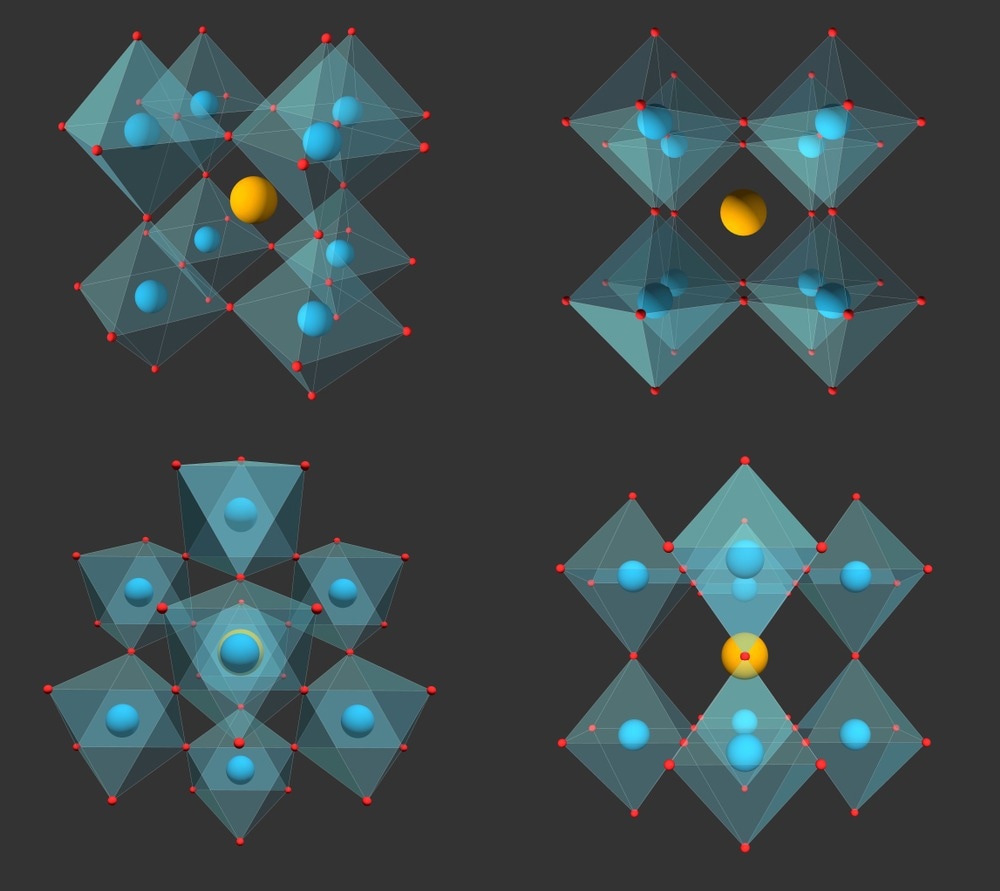Perovskite solar cells (PSCs) are extremely efficient, can outperform conventional silicon solar cells, and have the ability to transform renewable energy. One of the existing constraints prohibiting its widespread acceptance is a lack of operational dependability.

Image Credit: Niethammer Zoltan/Shutterstock.com
Researchers at EPFL and Sungkyunkwan University in Korea have discovered a method to enhance the stability of PSCs. The researchers concentrated on the degradation of perovskite thin films, which can be damaged by moisture, heat, and light exposure. The research was conducted by the teams of Professors Michael Grätzel (EPFL) and Nam-Gyu Park (Sungkyunkwan University) and published in the journal Science.
The researchers analyzed two distinct crystal facets, which refer to the flat surface of the crystal and are defined by a certain arrangement of atoms. The arrangement of atoms on these facets can influence the crystal’s properties and behavior, including its stability and response to external stimuli such as moisture or heat.
The scientists examined the (100) and (111) facets of perovskite crystals. The (100) facet is a plane perpendicular to the c-axis of a crystal, with its atoms aligned in a square grid pattern. The atoms in the (111) facet are aligned in a triangular grid.
The research discovered that the (100) facet, which is most frequently found in perovskite thin films, is highly prone to degradation because it can swiftly change to an unstable, inactive phase when exposed to moisture. The (111) facet, on the other hand, was discovered to be far more stable and resistant to degradation.
The researchers also discovered the reason for the degradation, which was a strong bond between the perovskite and water molecules that drove the change from the stable to unstable phase. They used this knowledge to create a technique known as “facet engineering,” in which they used unique ligand molecules to produce the more stable (111) facet. As a result, perovskite films were extraordinarily stable and resistant to both moisture and heat.
The research is a significant step forward in the development of PSCs, as stability is a major barrier to commercialization. The observations provide a better understanding of how the various crystal facets contribute to the stability of the films; by recognizing the most stable facets and figuring out ways to stimulate their growth, it might be possible to enhance the overall stability of PSCs and expedite their market entry as a reliable and cost-effective source of renewable energy.
The research was funded by the National Research Foundation of Korea (NRF), Günes corporation, and the Samsung Research Funding Center for Samsung Electronics.
Journal Reference
Ma, C., et al. (2023) Unveiling facet-dependent degradation and facet engineering for stable perovskite solar cells. Science. doi.org/10.1126/science.adf3349.